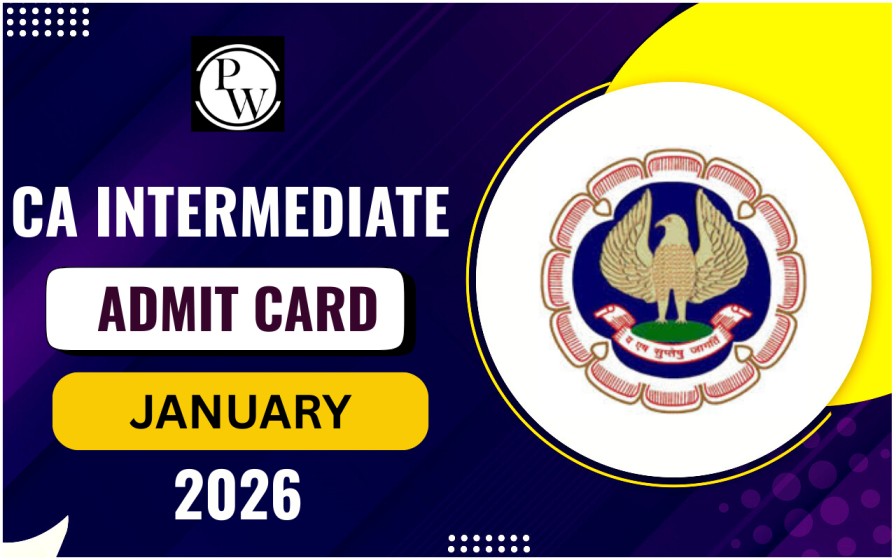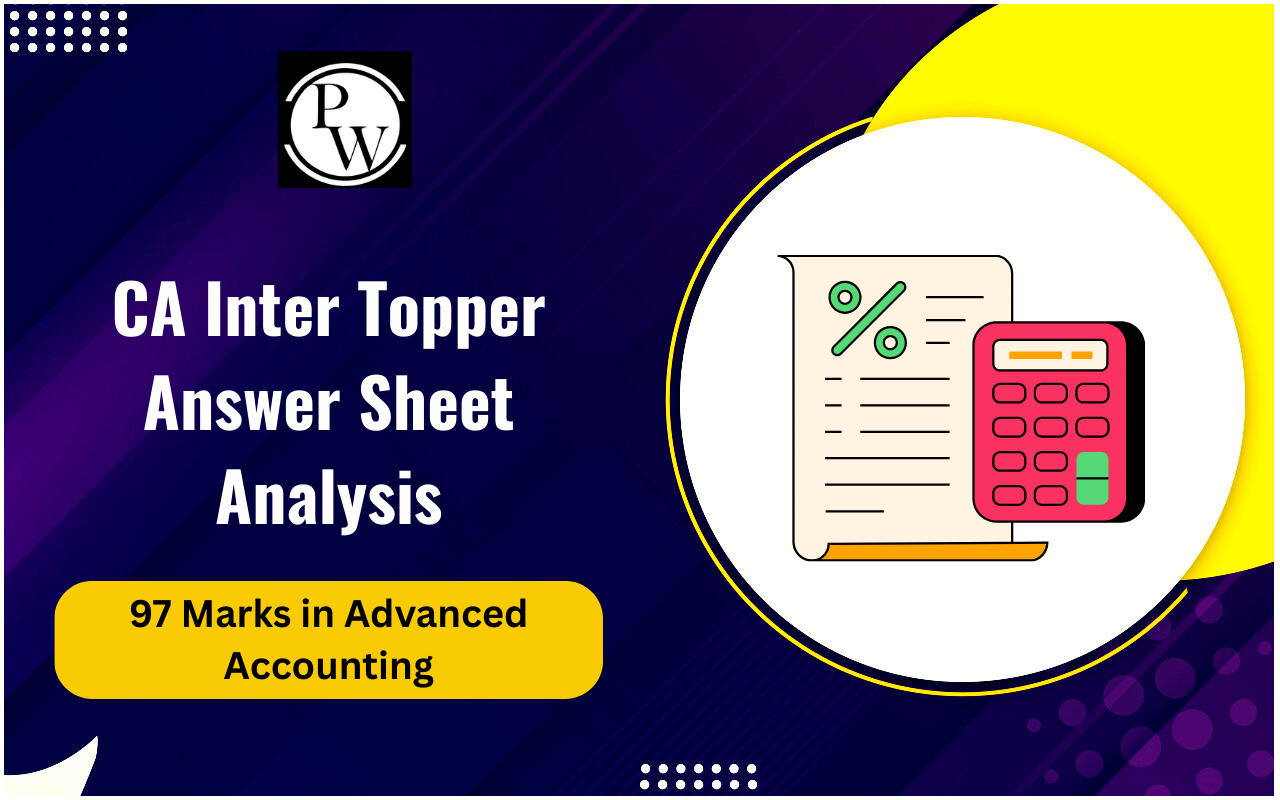
In the world of accounting, there are some key terms you should know. 'Assets' are what a business owns, 'Liabilities' are its debts, 'Equity' is the owner's stake, 'Revenue' is the money it makes, and 'Expenses' are the costs it incurs. Understanding these terms is vital for understanding a company's financial health. Let's dive in!
When investors consider putting money into a business, they first look at its accounts. Accounting gives them the economic details they need. In this discussion, we'll cover these important concepts and terms to give you a solid understanding of accounting. Let's begin with the basics.What Is Accounting?
Accounting is the process of recording, summarizing, analyzing, and reporting financial transactions of a business or organization. It involves keeping track of income, expenses, assets, and liabilities to provide stakeholders with accurate and useful information about the financial performance and position of the entity. In simple terms, accounting helps businesses understand how well they are doing financially and enables them to make informed decisions for the future.Basic Accounting Terms
The following are the basic accounting terms that every CA aspirant should know for CA Exams :1. Accounting Periods
An accounting period refers to the timeframe covered by financial operations or statements. These periods can be based on calendar years, fiscal years, quarterly intervals, or even months. Each accounting period marks a complete cycle where accountants track transactions using an eight-step process.2. Assets
Assets represent the economic resources controlled by a business. They fall into two main categories: Current Assets and Fixed Assets.- Current Assets: These are short-term resources expected to be converted into cash or its equivalent within a year. They include items like cash, accounts receivable, inventory, and prepaid expenses.
- Fixed Assets: Also known as non-current assets, these are long-term investments such as machinery, land, and buildings. They contribute to the business's operations over an extended period.
3. Liabilities
Liabilities are debts that businesses owe to external parties. Examples include bonds, unpaid expenses, loans, and creditors. Liabilities can be either current or non-current and are categorized accordingly in balance sheets and other financial records.Current Liabilities: These are debts expected to be paid off within a year. For instance, if a company owes money for expenses or has taken a short-term loan, these would be classified as current liabilities.
Non-current Liabilities: These are debts with a longer repayment timeline, often extending beyond a year. An example could be a mortgage taken out by an organization, which typically spans several years.
4. Accounts Payable Accounts Payable refers to the money a company owes for goods bought on credit, which must be paid back within a short period. It's considered a short-term liability, listed under current liabilities in financial records. Paying off Accounts Payable promptly is crucial to avoid defaulting on payments.
5. Accounts Receivable (AR) Accounts Receivable (AR) is the money owed to a business by clients who have purchased goods or services on credit. Payment terms for AR can vary from a few days to several months or even a year in some cases.
6. Capital Capital represents the investment made in a business by its owner, either in cash, assets, or kind contributions. It's also referred to as owner equity. Changes in capital occur when owners invest or withdraw cash/assets from the business, and when the business generates profits or incurs losses from its operations.
Also Read: Elements of Cost in Cost Accounting
7. Balance Sheets
A balance sheet is a financial statement that provides a snapshot of a company's assets and liabilities at a specific date. It gives insight into a firm's financial position, including its debts, assets, loans, and equity. Accountants can present balance sheets in different formats such as classified, common size, comparative, and vertical balance sheets. These formats organize data into line items, offering a comprehensive view of the company's financial health.8. Debit (Dr)
In accounting, a debit (Dr) is an entry made in a company's balance sheet or other accounts that indicates either an increase in assets or a decrease in liabilities.9. Credit (Cr) Credit (Cr) is an accounting entry that can either increase liabilities and equity or decrease assets on a company's balance sheet, depending on the transaction.
10. Working Capital Working capital refers to the funds available to meet immediate short-term needs. By calculating current assets minus current liabilities, businesses can assess their current and future financial requirements, ensuring they maintain adequate cash reserves to support operations.
11. Retained Earnings
Retained earnings, also known as surplus earnings, are the profits remaining after a company has covered all expenses for a specific accounting period. These earnings encompass all costs, including taxes, dividends, and goods sold. Positive retained earnings contribute to a company's equity and can be reinvested to facilitate future growth.12. Accruals Accruals are revenues and expenses recognized by a company but not yet recorded in its financial statements. They occur before the completion of a monetary transaction. For instance, if a business engages a consultant and records the fee in its accruals, the expense is recognized regardless of whether an invoice has been received. Examples of accruals include accounts payable, accounts receivable, and accrued expenses, representing incurred but unpaid expenses within a specific accounting period.
13. Income Statement:
The income statement, also known as profit and loss or income and expenditure accounts, presents a company's revenues, costs, and profits for a given accounting year. It provides a detailed overview of a company's profitability during that period.14. Cost of Goods Sold (COGS) The term "cost of goods sold" (COGS) encompasses all expenses incurred by a business in the production of goods or provision of services. This includes materials, labor, and overhead for products, while services may involve costs like equipment, supplies, and staff remuneration. Accountants calculate COGS using the formula: Ending inventory minus initial inventory plus purchases.
15. Generally Accepted Accounting Principles (GAAP) GAAP refers to a set of accounting principles, regulations, and best practices established by the accounting profession for businesses to follow when reporting financial data. These standards are mandatory for all publicly traded organizations to ensure consistency and transparency in financial reporting.
16. Depreciation Depreciation refers to the decrease in the value of business assets like machinery or equipment over time due to usage or becoming outdated. In India, commonly used depreciation methods include the straight-line method, diminishing value method, and unit of production method.
17. Income Statement (Profit and Loss) The income statement, also called profit and loss (P&L), presents a summary of a company's revenues, expenses, and profits for a specific period. It begins with total revenue and deducts various expenses until arriving at the net income figure.
18. Cash Flow Statement A cash flow statement tracks the movement of cash in and out of a firm. By subtracting the beginning cash balance from the ending cash balance, one can calculate the Net Cash Flow for a specific period. A positive figure indicates more cash inflow than outflow, while a negative figure indicates the opposite.
19. Dual Aspect Concept
The dual aspect concept states that every transaction impacts two aspects. It ensures that the accounting equation, Assets = Liabilities + Owners’ Capital, remains balanced at all times.20. Entity Concept The entity concept distinguishes between the business and its owners' personal affairs. It asserts that the business and its owner are separate entities, ensuring clear separation of business and personal finances.
Master accounting essentials with PW CA Courses. Unlock comprehensive training and ace your CA exams with expert guidance. Enroll now for success in your accounting career!| Also Check | |
| Auditors Responsibilities and Liabilities | Internal Audit Function Effectiveness |
| Fraud Examination | Audit Risk Assessment |
| Auditing Standards and Practices | Credit Management and Control |
Basic Accounting Terms FAQs
What is the purpose of accounting?
How do assets differ from liabilities?
What is the significance of the income statement?
How can working capital impact a business?
Why are Generally Accepted Accounting Principles (GAAP) important?










